
(German version here)
I am a huge jewelry lover! I actually always wear at least one piece of jewelry, either earrings, a necklace or since our wedding a ring. It was clear to me before our engagement that I definitely did not want a ring with a “new” diamond. I simply do not want to support this dirty business. Personally, I am very skeptical that such a thing as an “ethical diamond” exists. I applaud any project or company that advocates ethical sourcing of gemstones, but I am still very skeptical. I know how difficult it is already in fashion to create a completely transparent supply chain. When it comes to diamonds, I imagine it’s a thousand times more difficult.
My engagement ring is made up of diamonds from an old ring from Jesse’s grandmother. The diamonds were taken off and put into a newly designed ring that fits me perfectly in terms of style and size. So the second hand option was a great one for me. At that time, however, I honestly didn’t know about another eco alternative: lab-grown diamonds.
But what are lab-grown diamonds anyway, how are they made, are they really sustainable, are there any drawbacks, and can they be considered “real”? To find out, I teamed up with the Swedish sustainable jewelry company Akind. This post is a paid collaboration with Akind and as always, I only work with companies that I believe are moving sustainable, innovative and ethical products forward.
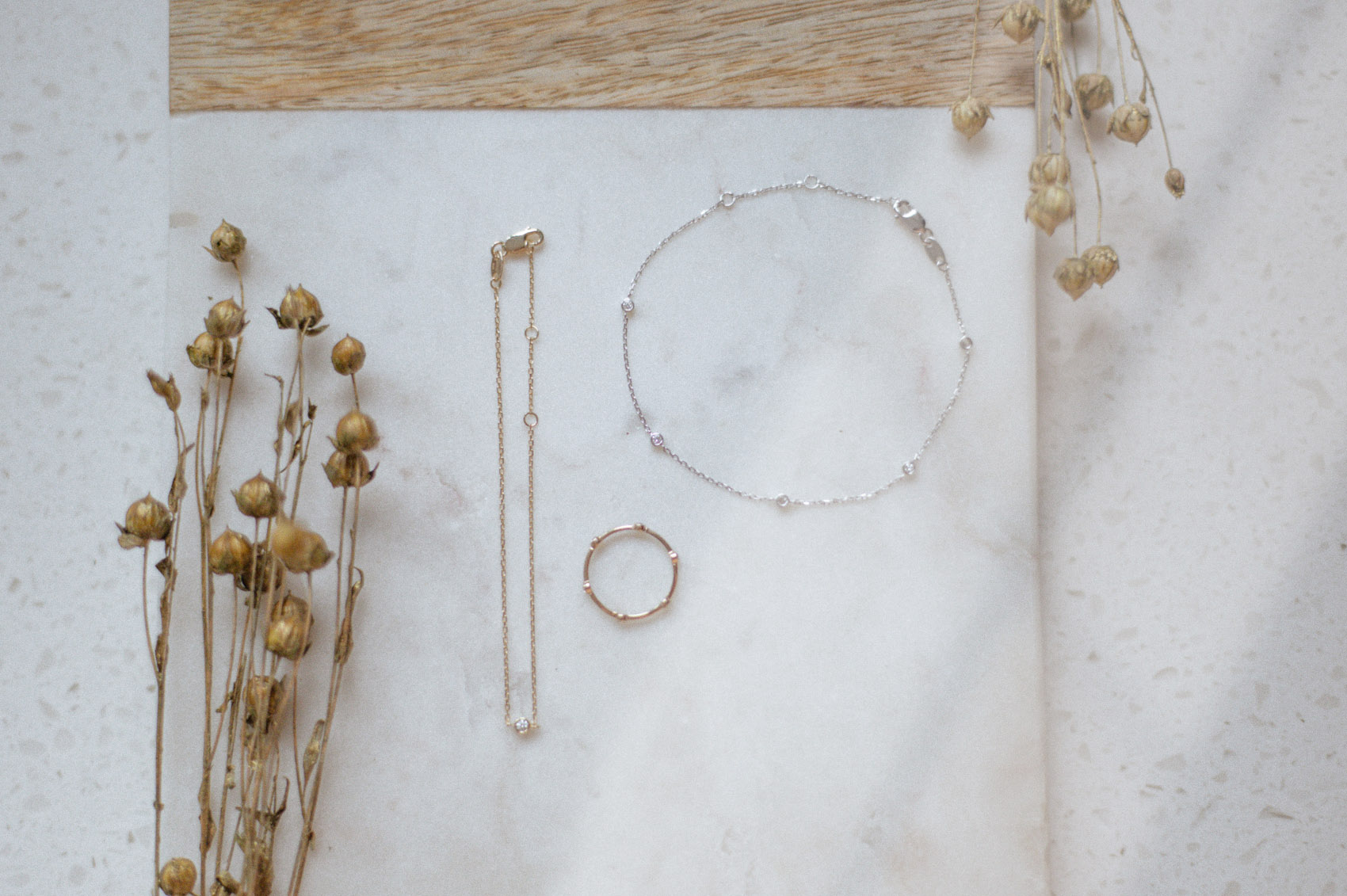
At Akind it is all about sustainable materials, fair and transparent prices, and exceptional quality. All jewelry is made from recycled gold and lab-grown diamonds. This is to protect the environment, animals and people.
Materials & production
Akind jewelry is made of 100% recycled 14K solid gold. This way, the pieces do not oxidize or discolor. The 14 karat gold is more durable and harder than 18 karat and does not bend or wear as easily.
The diamonds are sustainably grown “above ground”. They’re grown in a lab that replicates the same conditions under which diamonds are created underground, but which requires only a fraction of the resources needed to mine them. More on that below. All of Akind’s diamonds come in VS2+ clarity and D-F color.
The production is located in Andalusia, Spain, where the jewelry is handcrafted by a third-generation family business. Transparency is key for Akind and that is why the company discloses the true costs behind the production process. The website explains the honest pricing in more detail.
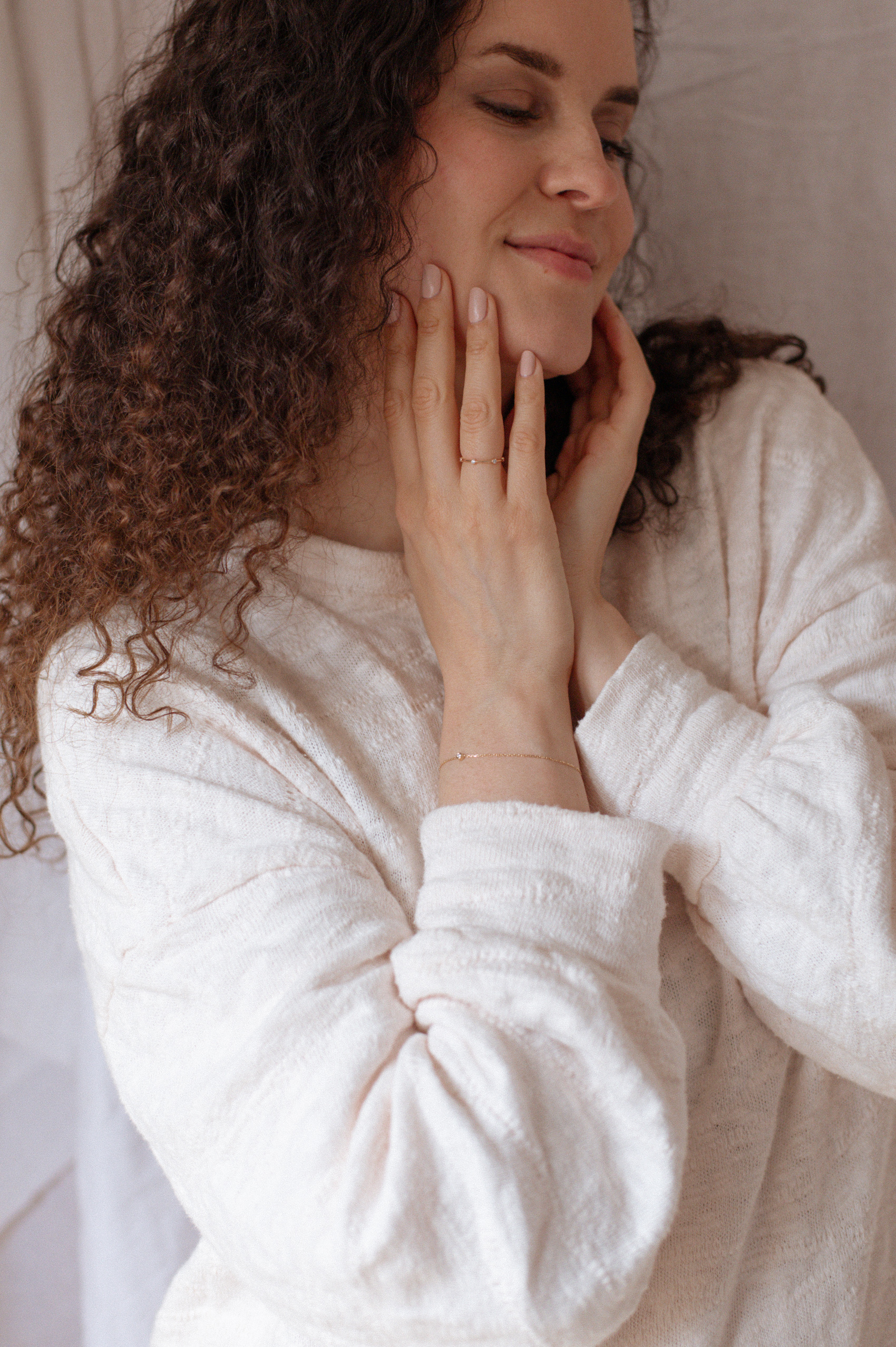
New Launch: Special Occasion Rings from Akind
Today Akind is launching something new and exciting: Special Occasion Rings for all kind of occasions. Of course, these timeless solitaire rings are also set with lab-grown diamonds. So if you’re looking for an engagement ring, anniversary ring, or something similar, you may find it here.
Details about the rings: they come as a 6 prong diamond, 0.5 carat, a 4 prong diamond, 0.5 carat in oval cut, and a 6 prong diamond, 0.25 carat.
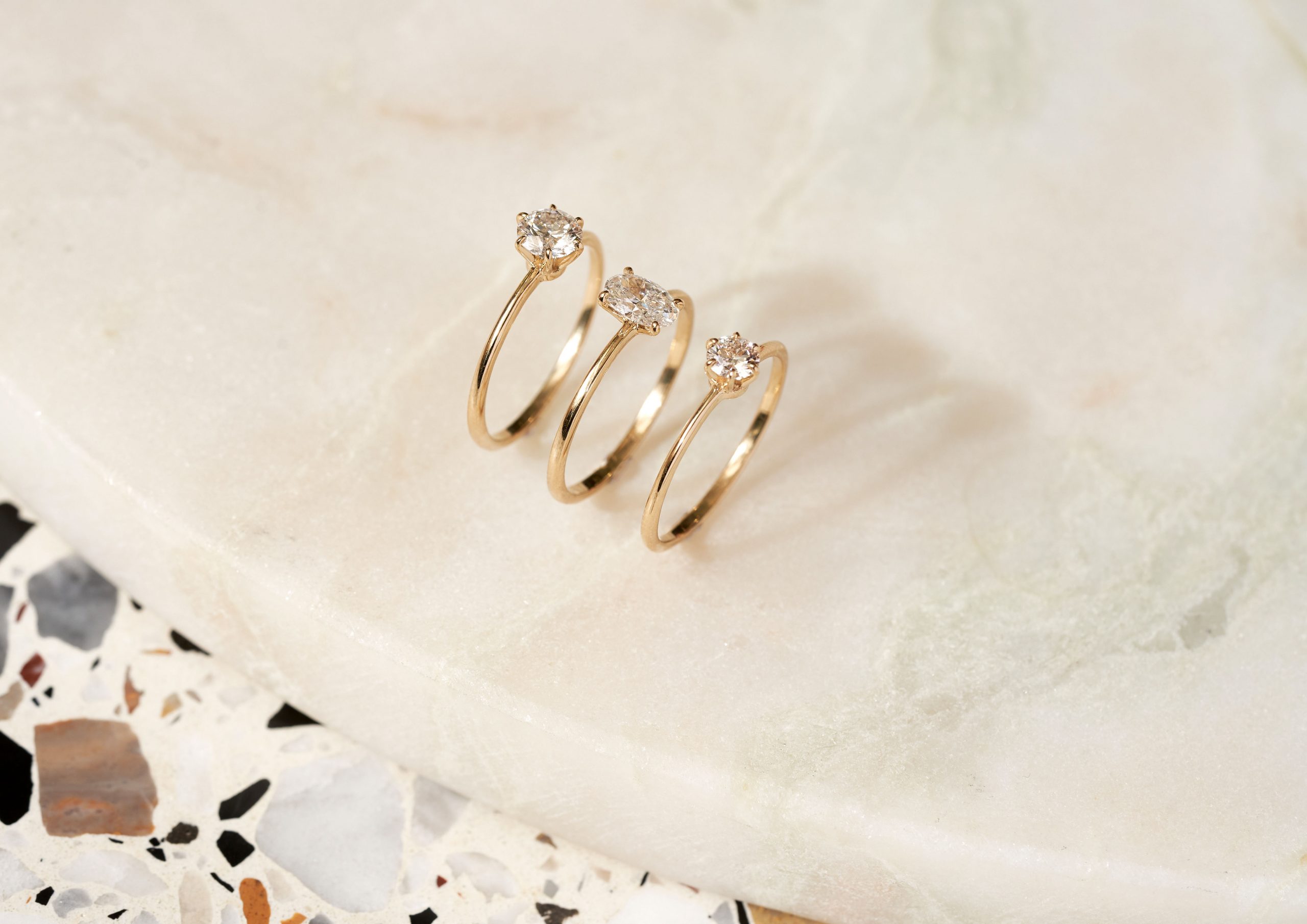
But now to the big questions: How exactly are diamonds grown, are they “real” diamonds, what about sustainability? Here is a quick FAQ:
(Click the individual boxes to expand the answer):
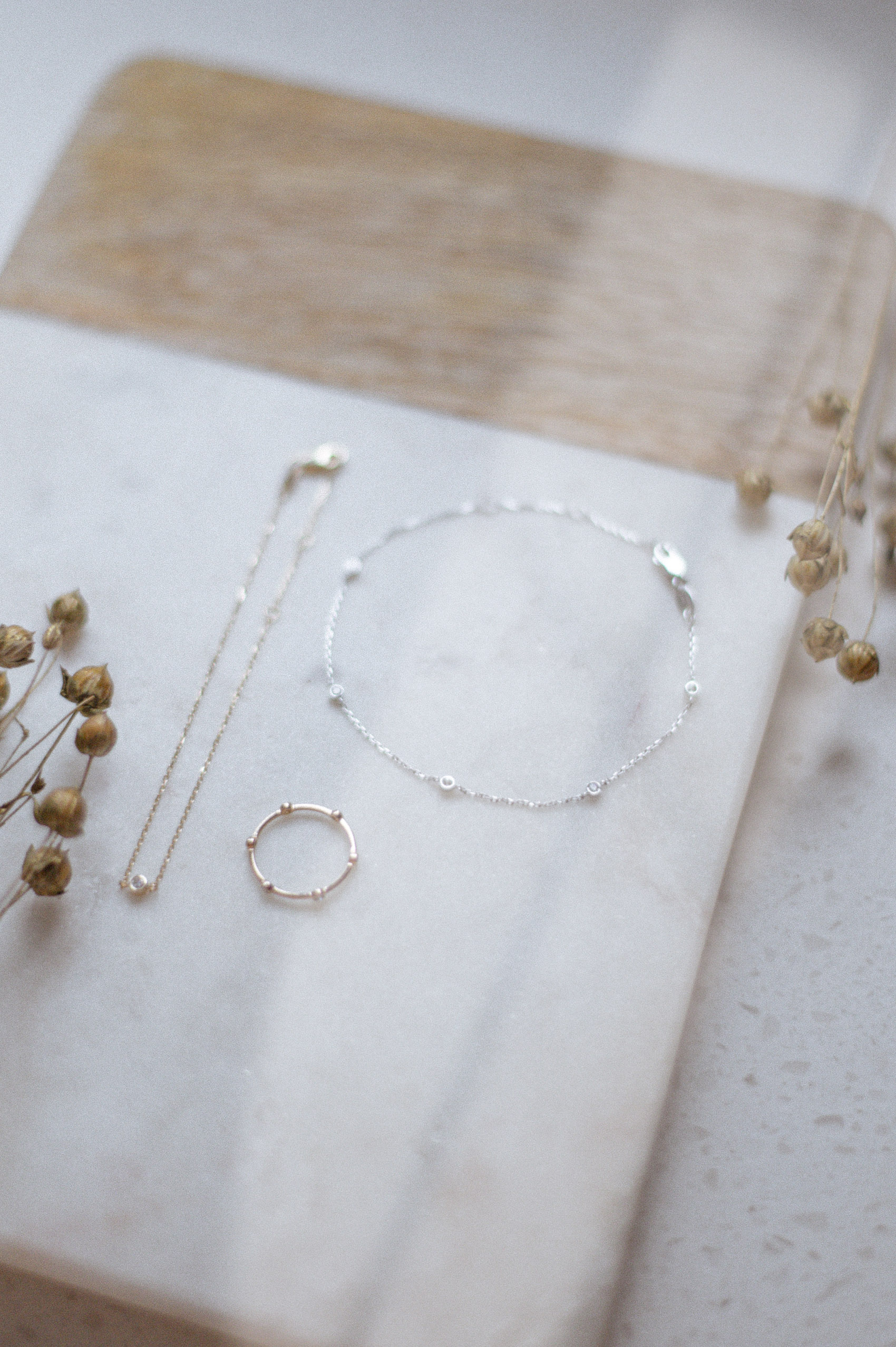
I was able to test three products from Akind (as a loan):
All three are super delicate with high quality workmanship and even fit my narrow wrist, thanks to the adjustable length of the chain. The products also come sustainably packaged without plastic in a recycled cardboard box and a cute pink jewelry box. The whole unboxing feels luxurious, yet sustainable and environmentally conscious. Everything is gorgeous and I also have my eyes set on the Pavé Diamond Hoop earrings, as well as the Black Diamond Studs! Just so beautiful!
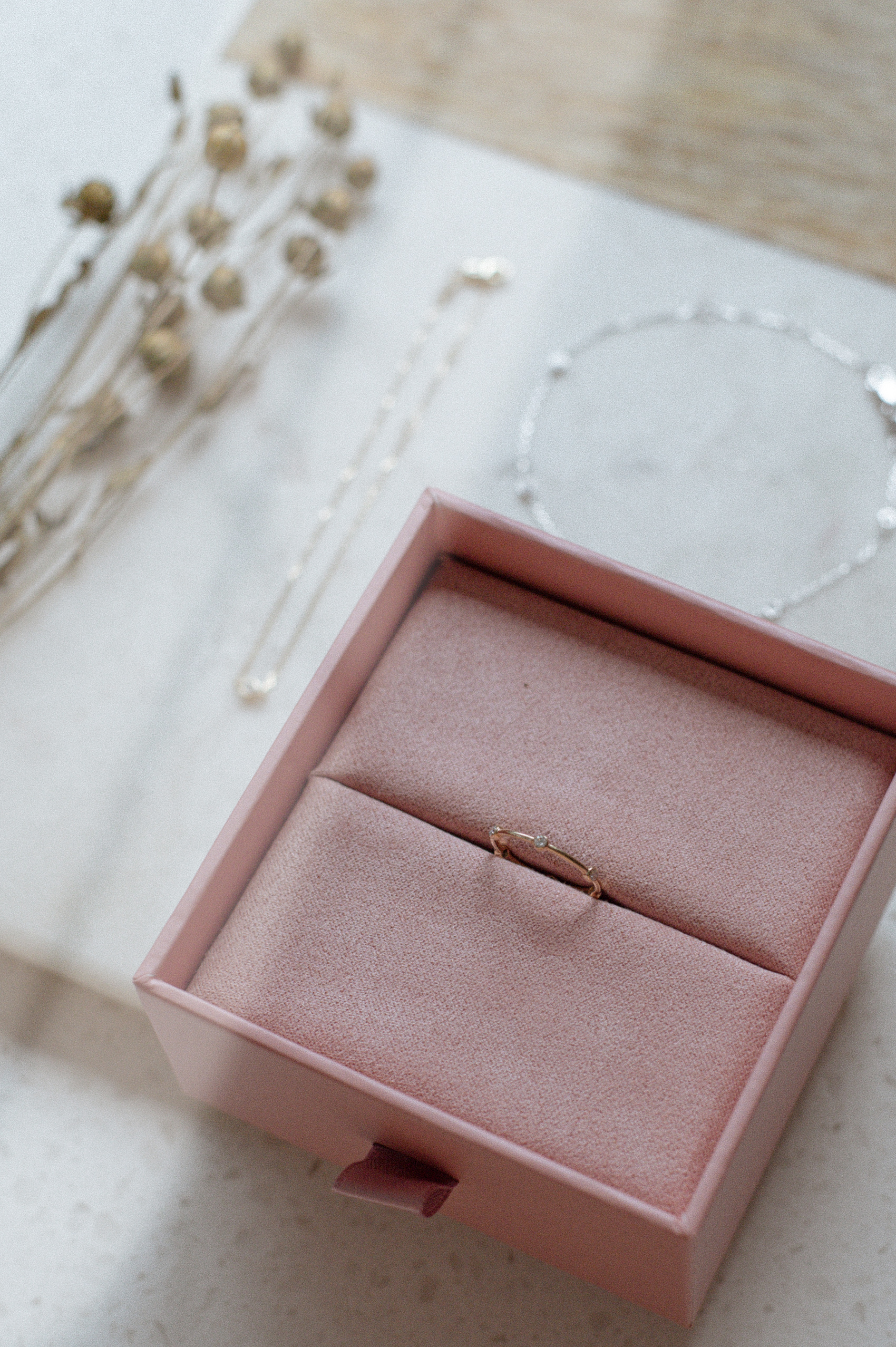
What’s your opinion on lab-grown diamonds? I can imagine that many of you have not yet dived deeper into the subject, or perhaps even have no interest in diamonds, whether lab or mined versions.
For me personally, a diamond is and remains something special. The brilliance, sparkle and eternal durability appeal to me and my jewelry heart. However, I’m very critical of gemstones in general (perhaps you’ve been following me long enough and know that even for the crystal in our wedding macramé, I spent a long time researching a sustainable alternative) and am therefore happy to see more sustainable and ethical options, like at Akind. Plus, lab-grown diamonds are cheaper, for the same or even better quality.
I’m looking forward to your feedback on the topic of lab-grown diamonds!
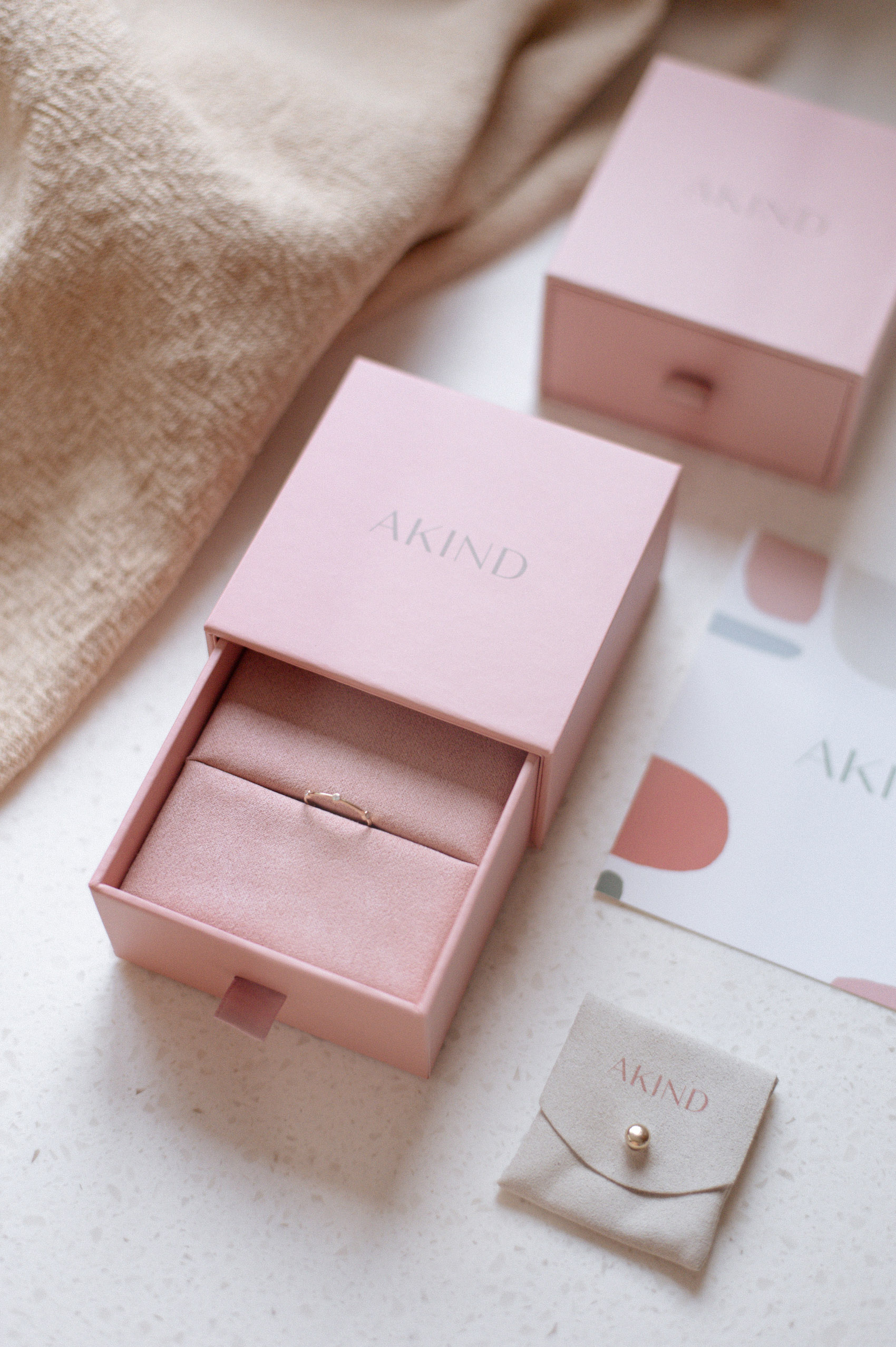
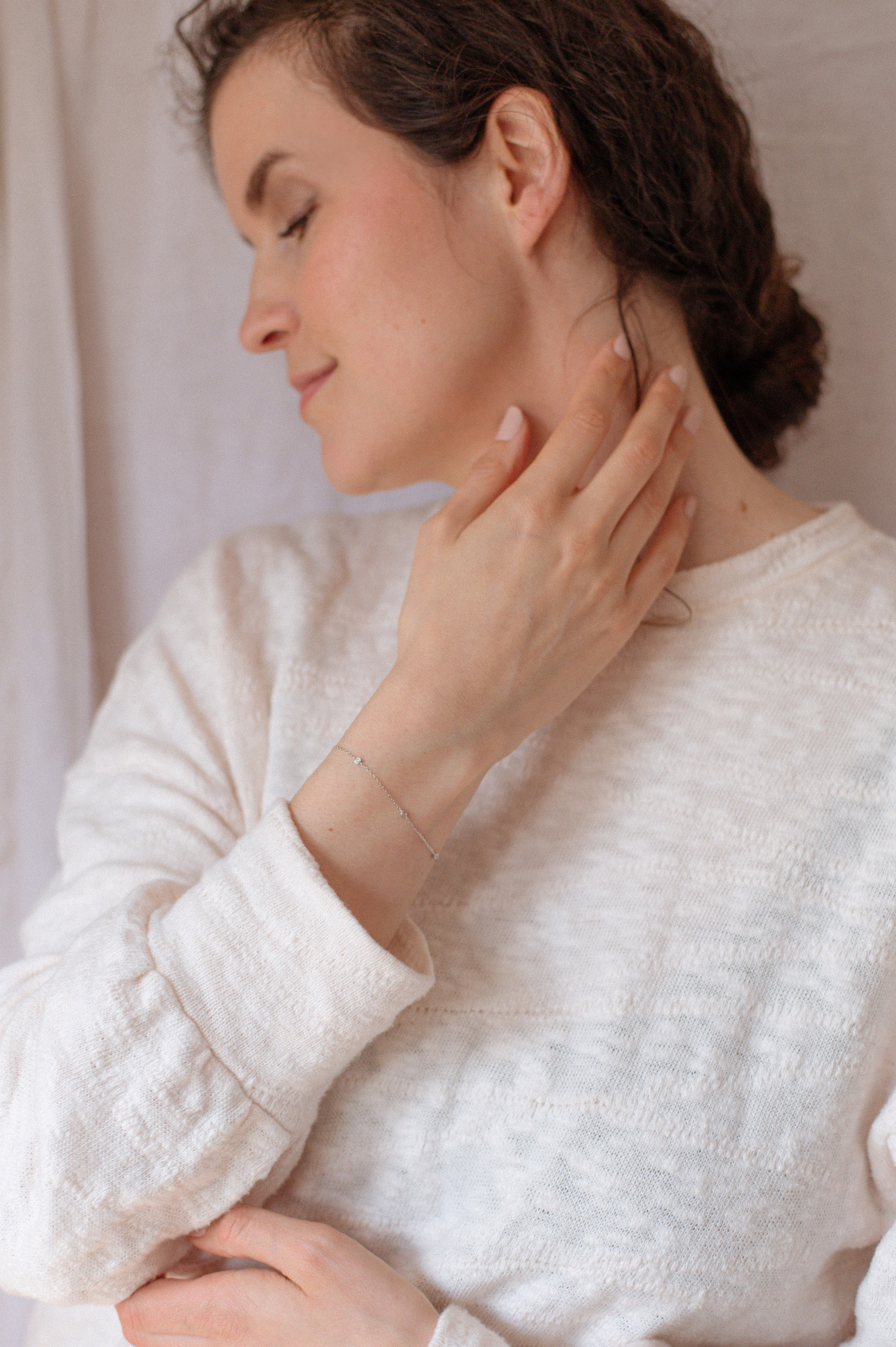
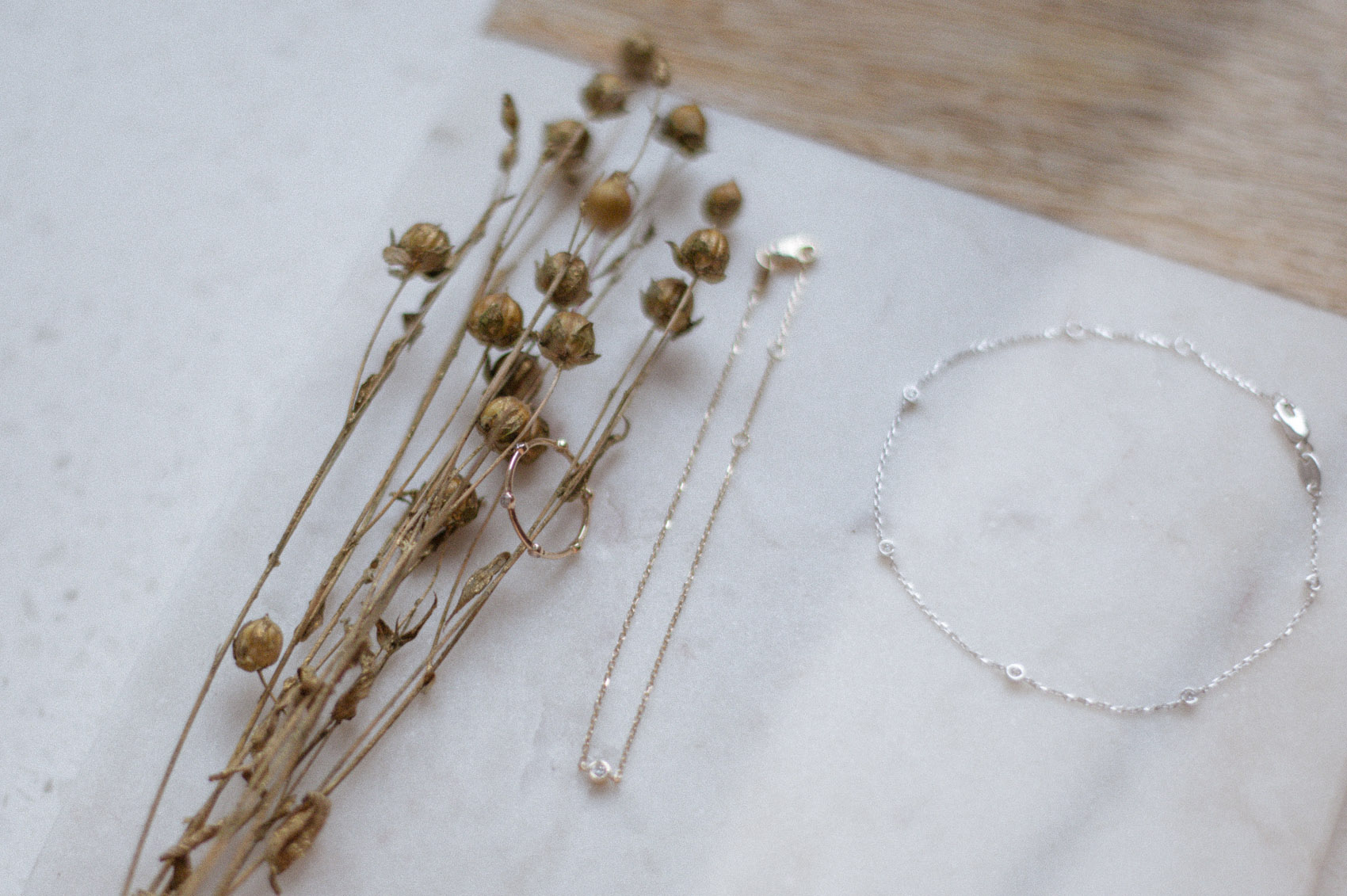

 Deutsch
Deutsch

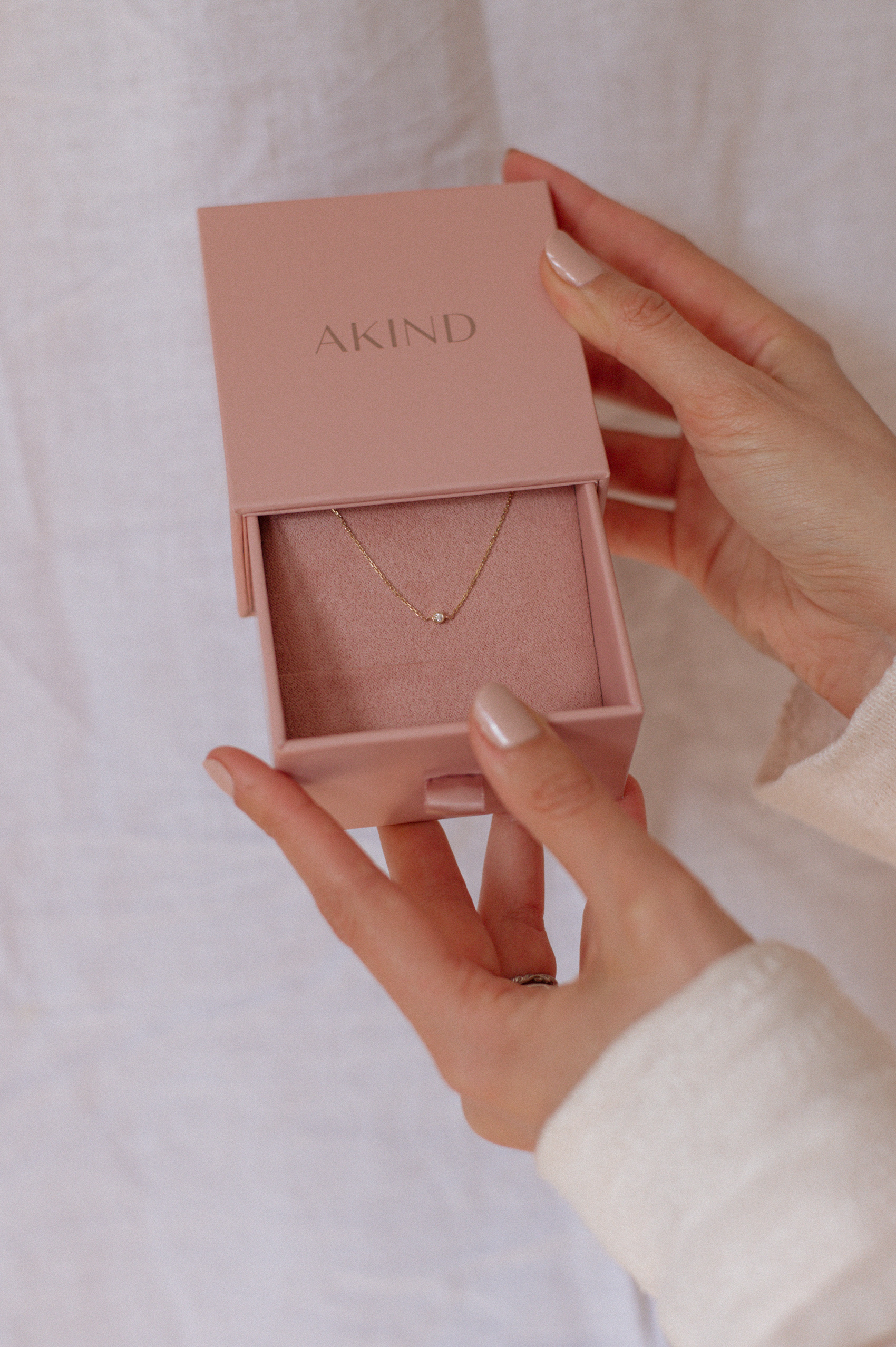
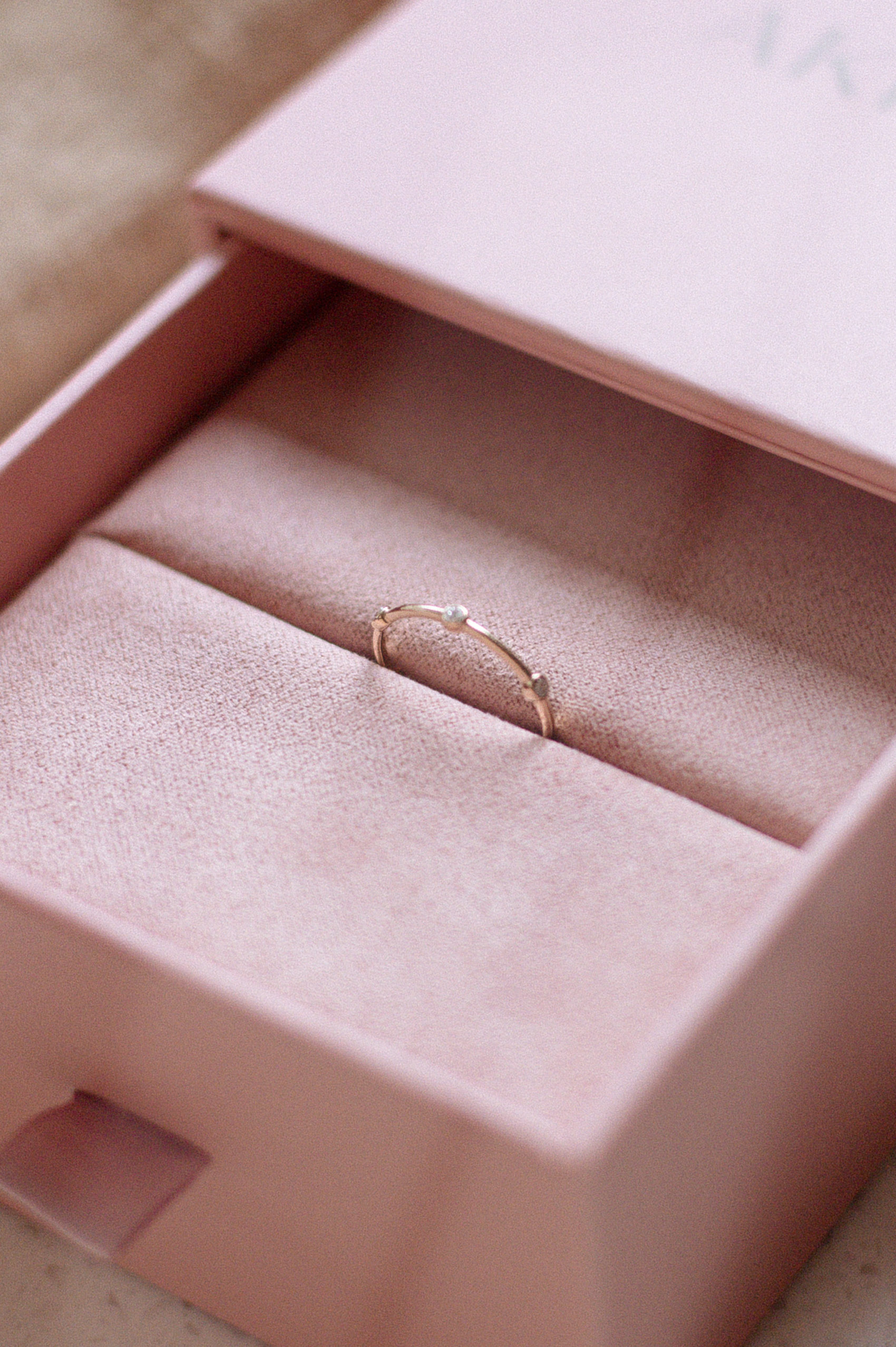

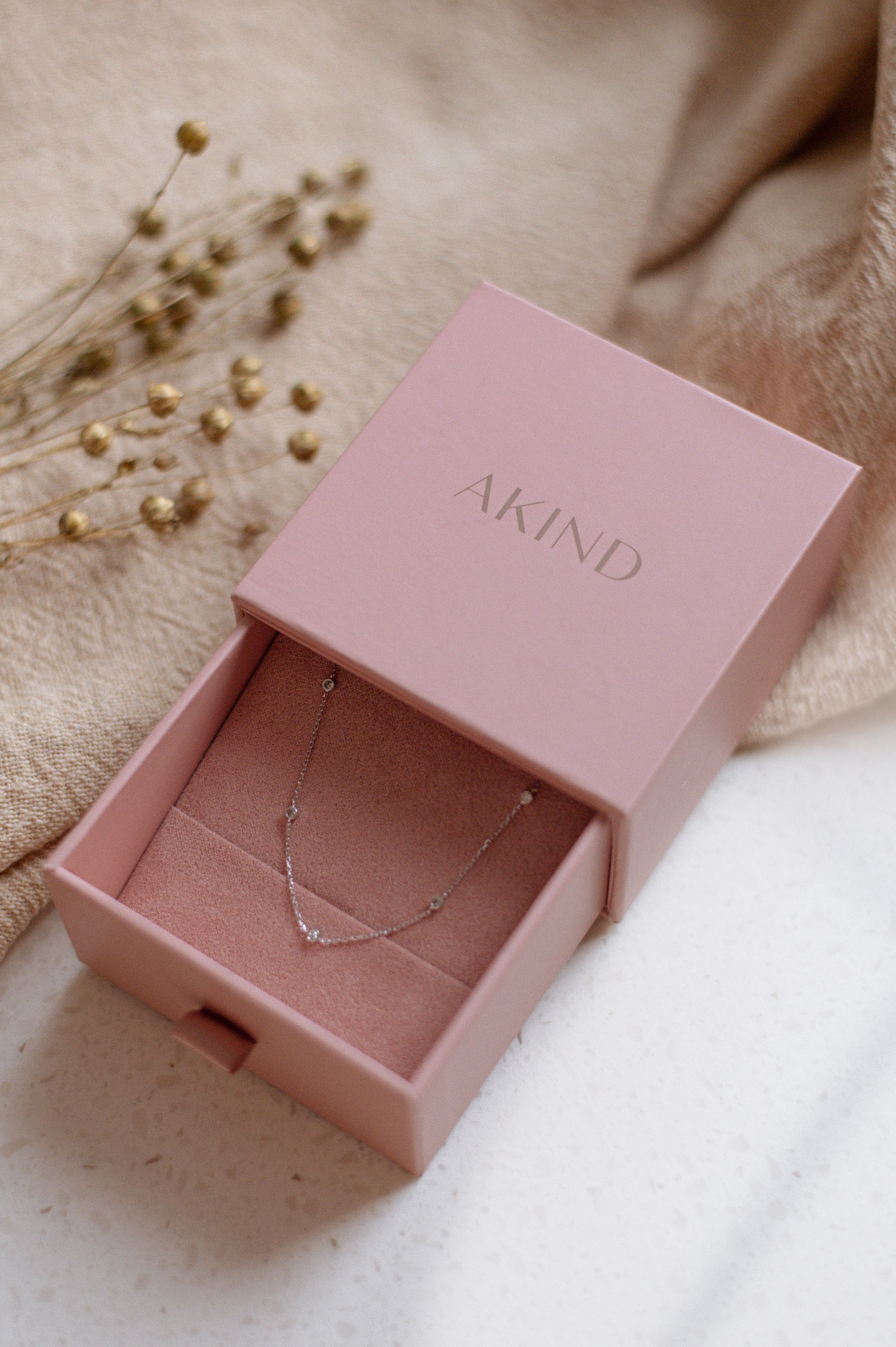
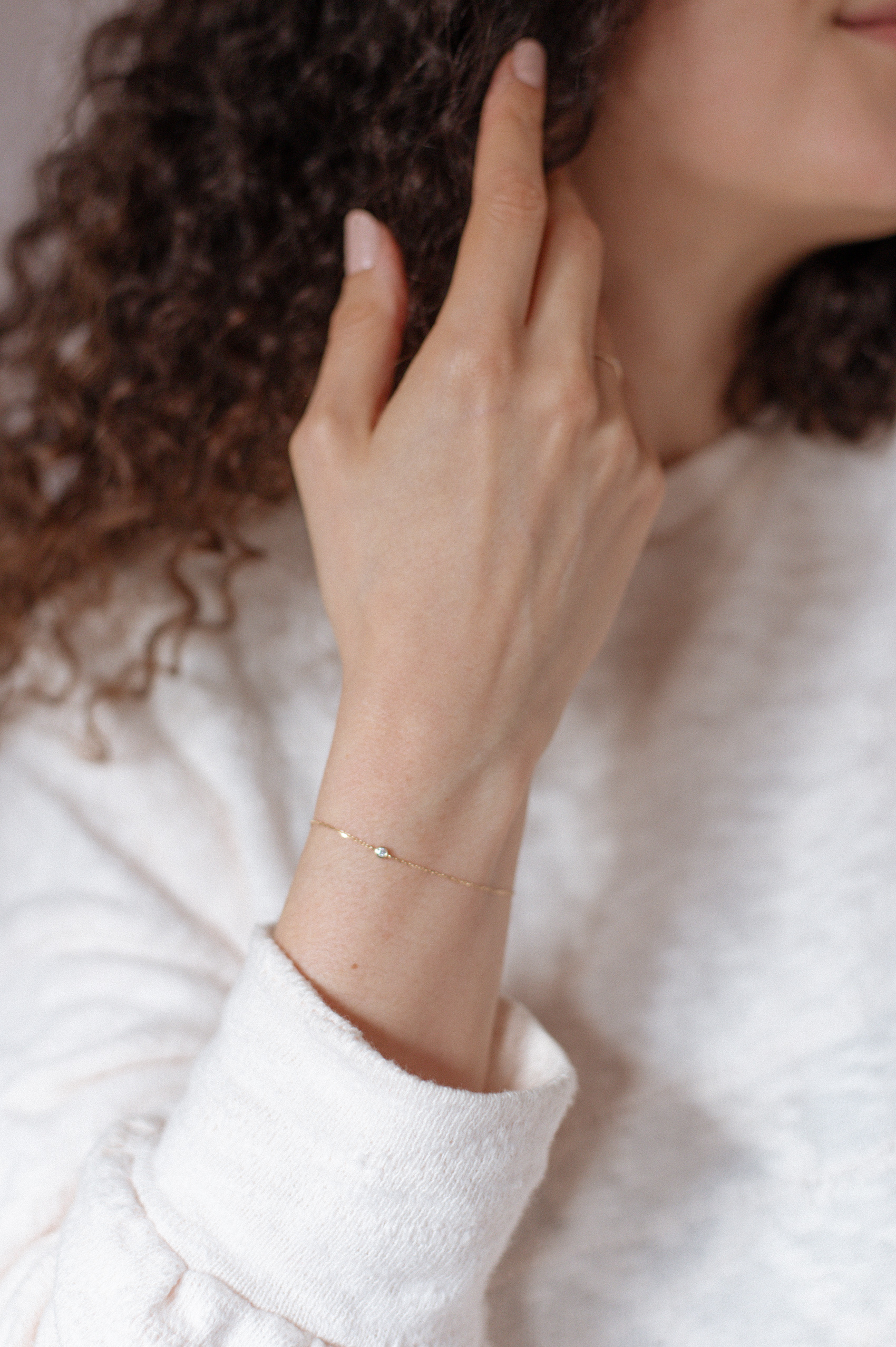
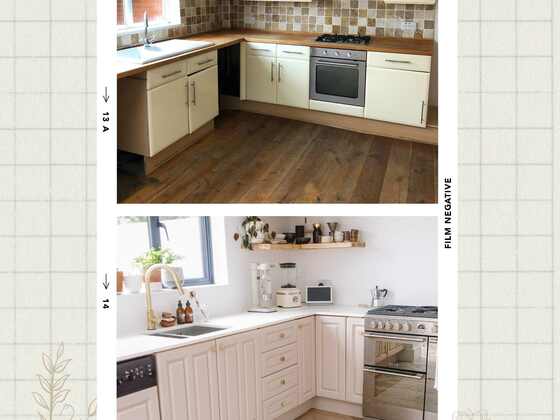
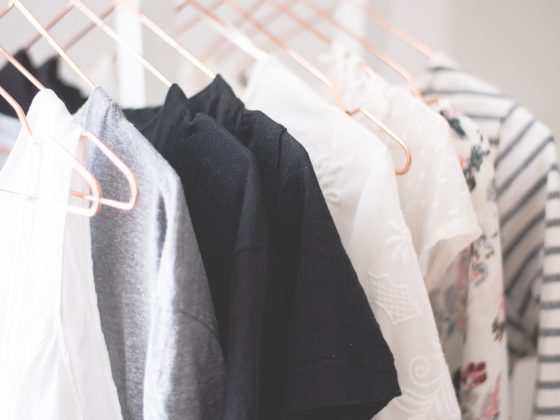

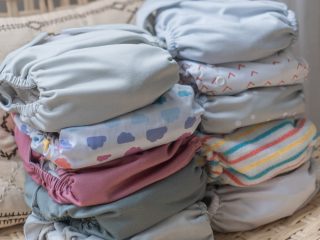
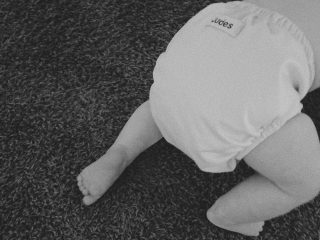



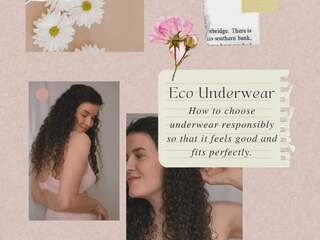

2 comments
Bisher wusste ich gar nicht, dass es Diamanten gibt, die im Labor “gezüchtet” werden können. Ich habe einen guten Verdienst und kann, was Geschenke betrifft, mehr Budget einplanen. Ich habe mir überlegt, für meine Mutter eine Diamanten-Kette zu kaufen. Die Tage lasse ich mich diesbezüglich vom Fachmann beraten.
Ich finde, dass Labordiamanten optisch überhaupt nicht von mineralischen Diamanten zu unterscheiden sind. Ich interessiere mich für meine Schmucksammlung auch zu Labordiamanten. Am besten werde ich mich diesbezüglich beim richtigen Ansprechpartner beraten lassen.